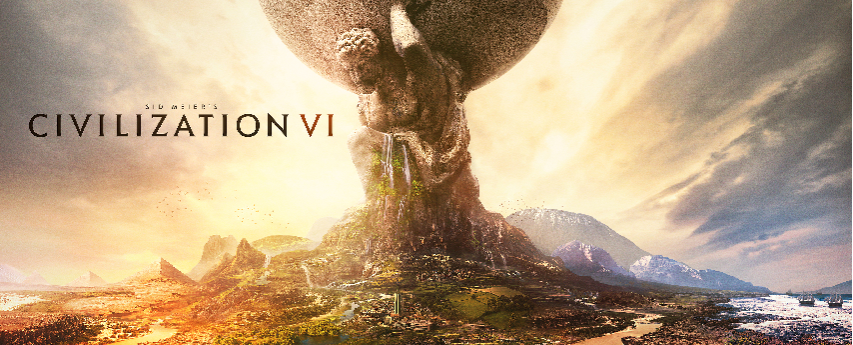In PC Gamer, T.J. Hafer offers a few ideas to help you get started in your first few Civilization VI games:

Going from Civ 4 to Civ 5 was probably the biggest step out of the comfy, immortal dictator shoes Sid Meier’s flagship series had ever taken, but Civ 5 to Civ 6 is an even more significant transformation. So whether you’re totally new to this world domination thing or a veteran of weathering Gandhi’s aggressive nuclear policy — along with battling the rest of Civ 6’s leaders — it’s wise to seek some understanding of the basics. There are some tricky concepts to come to terms with a couple layers under what Sean Bean will tell you in the tech pop-ups. And it’s Sean Bean, so you never know when he might get impaled or immolated, leaving us to navigate the winds of time on our own.
[…]
Barbarians have gotten a lot smarter
You know that scene in Jurassic Park where they realize the velociraptors have figured out how to open doors? My first couple encounters with Civ 6’s barbarians were a bit like that. The first barbarian unit you see is probably going to be a scout. And guess what? He’s coming to scope out your city and determine if it’s weak enough to attack. Not only that, but when his friends do arrive, they’re likely to have an intelligent unit composition and an understanding of the terrain similar to a human player.
City centers can’t attack in Civ 6 until walls have been built, so your first couple dozen turns can really put you at the mercy of the barbarians. Don’t wander off too far with your first warrior. I also recommend building at least one more warrior and a slinger very early on — before you even make a second settler. It’s worth it. On the bright side, barbarians are also now smart enough to retreat and lick their wounds if they know they’ve been beaten. So you only really need to kill a little more than half of their raiding party to buy yourself a respite.
Spread your Traders around to build road networks
Since trade routes now automatically generate roads between cities (and this is, in fact, the main way of building roads), you’re going to want to keep re-basing your traders every time their mission expires to add another link to your network until all the cities of your empire are connected. Roads are more important than ever due to the harsh terrain movement changes I discussed with Tom. They can easily be the difference between being able to reinforce a city that’s under siege, and allowing it to fall to friggin’ Saladin and his friggin’ auto-heal overpowered stupid-face Mamluks.
Also, don’t forget to protect your traders passing through the fog of war! I lost two of them to a barbarian scout with one health that I let live after the destruction of his village, thinking he wasn’t worth chasing and wouldn’t be a threat anymore. He apparently learned kung fu and took vengeance for his ancestors, costing me a lot of money, and I wasn’t too happy about it.



